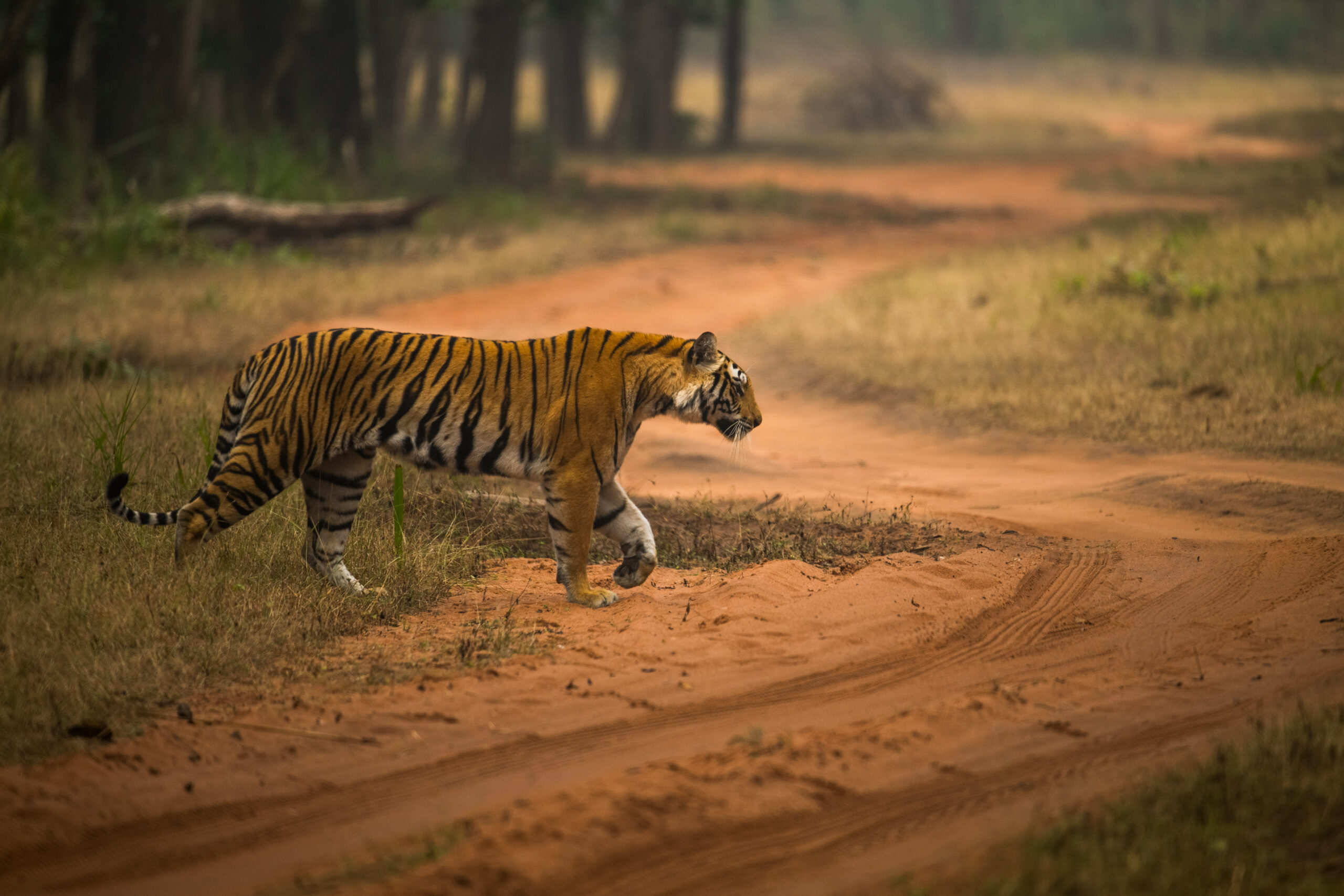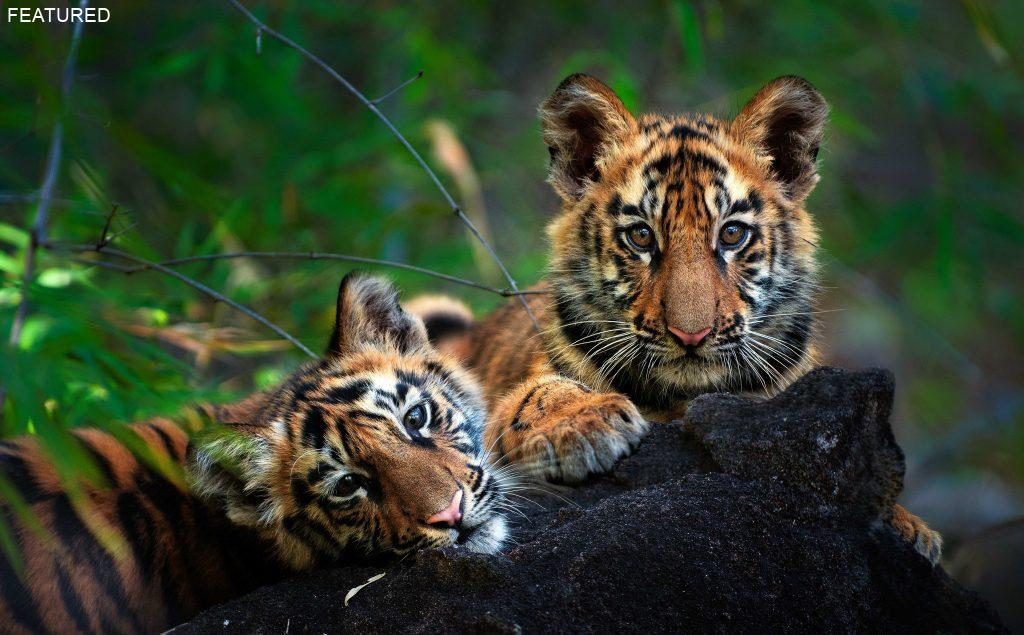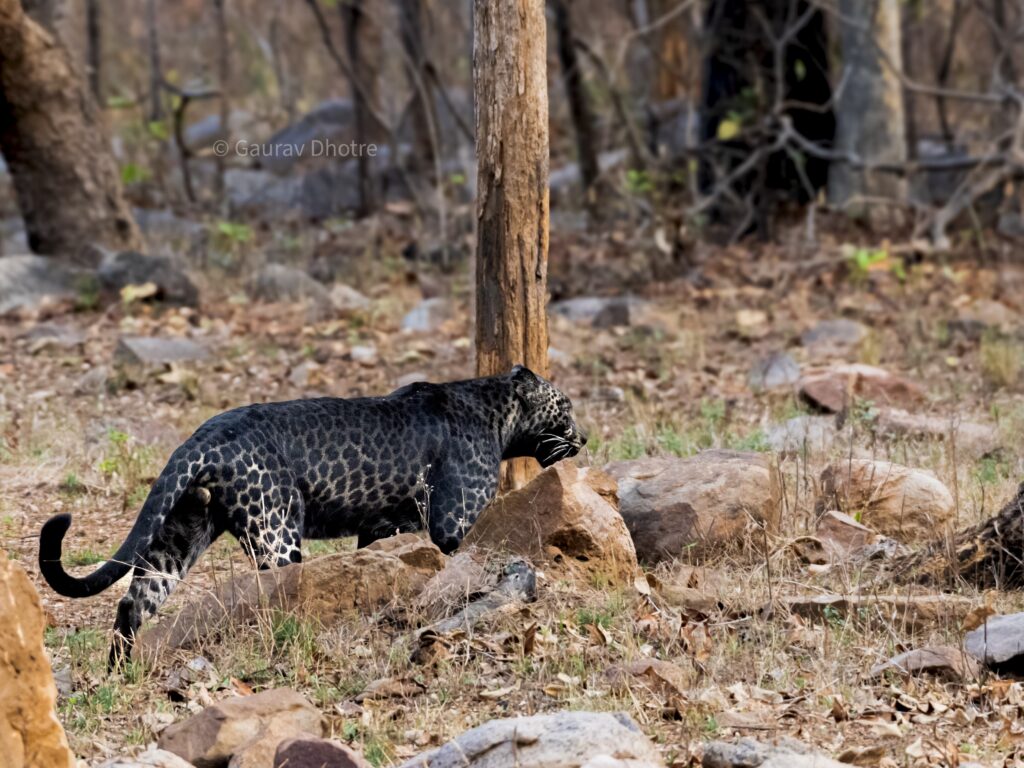Tigers are among the most fascinating and majestic creatures on our planet, capturing the imagination of wildlife enthusiasts and curious minds alike. Whether you’re planning a tiger safari in India or simply intrigued by these powerful big cats, you might have questions about their behavior, habitats, and conservation status.
In this guide, we’ve gathered the most FAQs about tigers to help you better understand these incredible animals. From their role in the ecosystem to the myths surrounding them, discover everything you need to know about tigers right here.
Top 15 FAQS about TigerS
Question 1: How many Tigers are left in the world?
As of 2024, there are approximately 5574 wild tigers left in the world. This number can vary depending on different conservation reports.
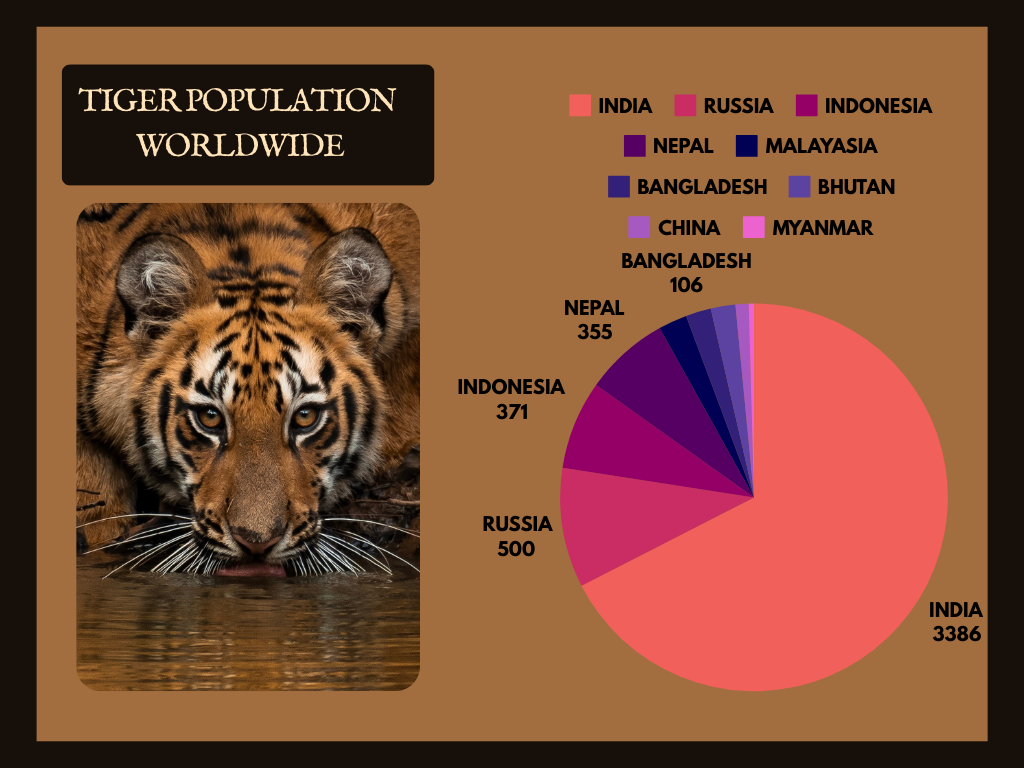
Question 2: How many Tigers are there in India?
India is home to about 3386 wild tigers, according to the 2022 Tiger Census, which represents about 75% of the global tiger population.
Question 3: What do Tigers eat?
Tigers are carnivores and typically eat large prey such as deer, cattle, wild boar, and wild bovids. They may also hunt smaller animals, birds, and even fish when necessary.
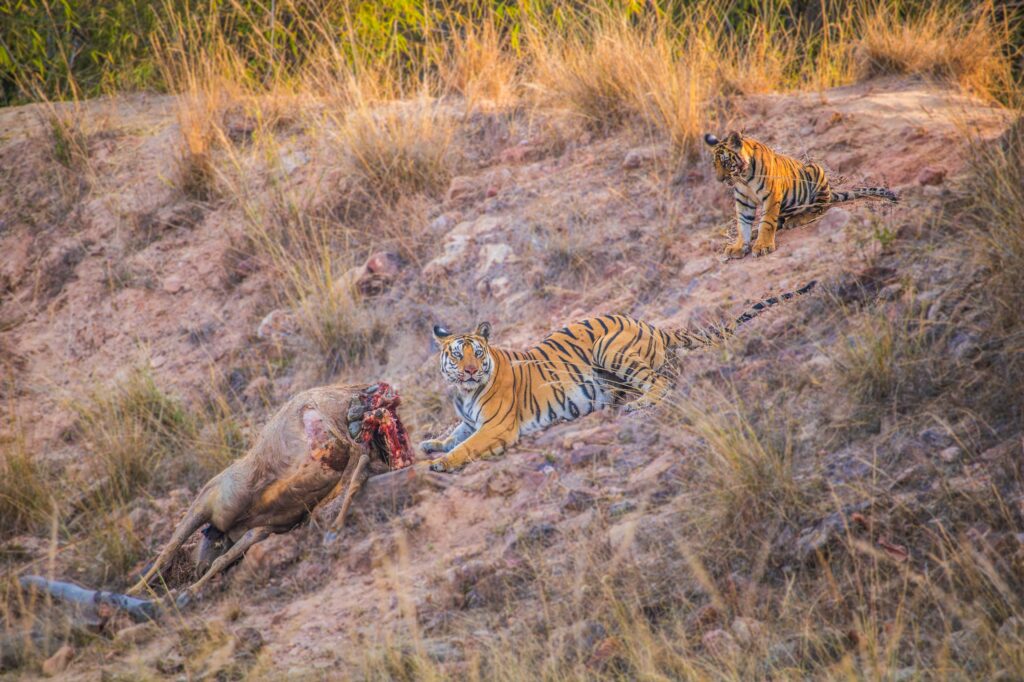
Question 4: Are Tigers bigger than Lions?
Yes, tigers are generally larger than lions. Male tigers can weigh between 200-300 kg and measure up to 3.3 meters (11 feet) in length, making them the largest of the big cats.
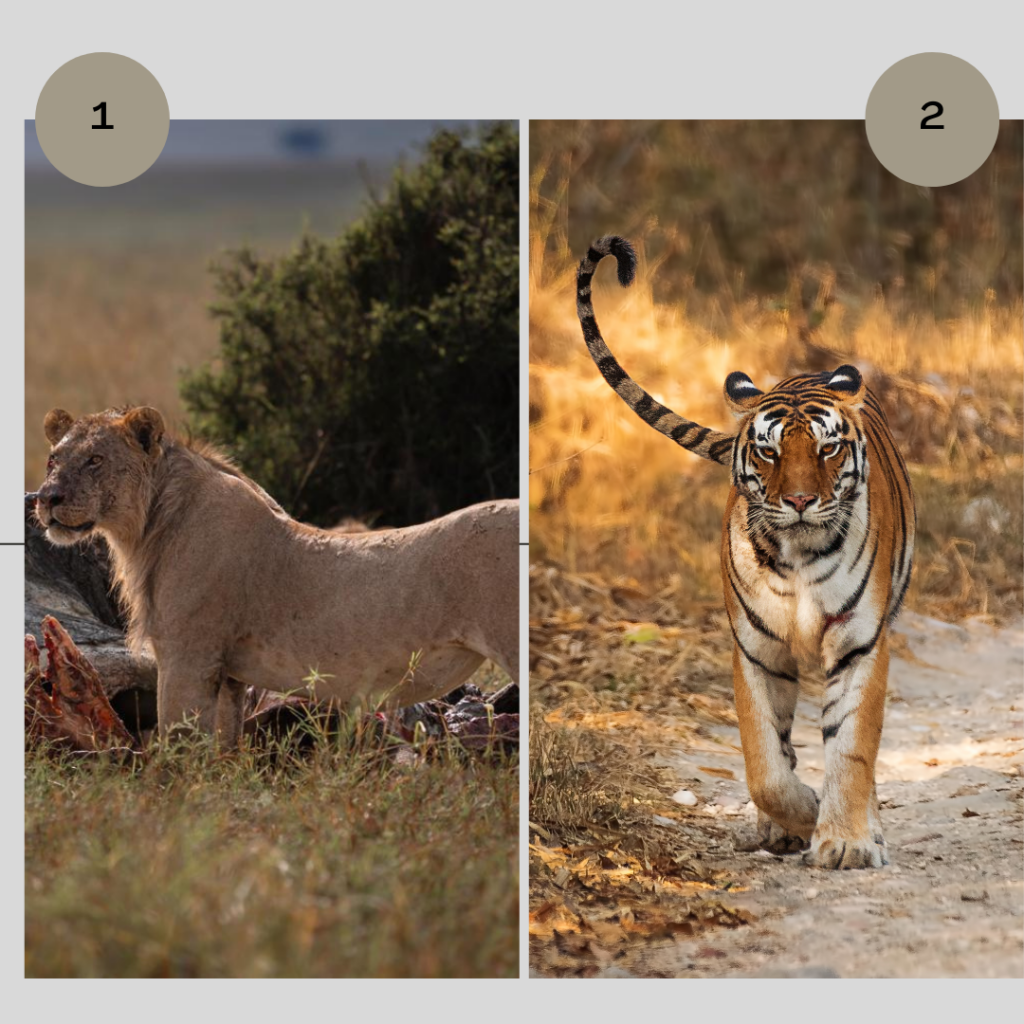
Question 5: Can Tigers climb trees?
Yes, tigers can climb trees, especially when they are young and lighter. However, adult tigers are usually too heavy to climb tall trees with ease, though they can climb if necessary.
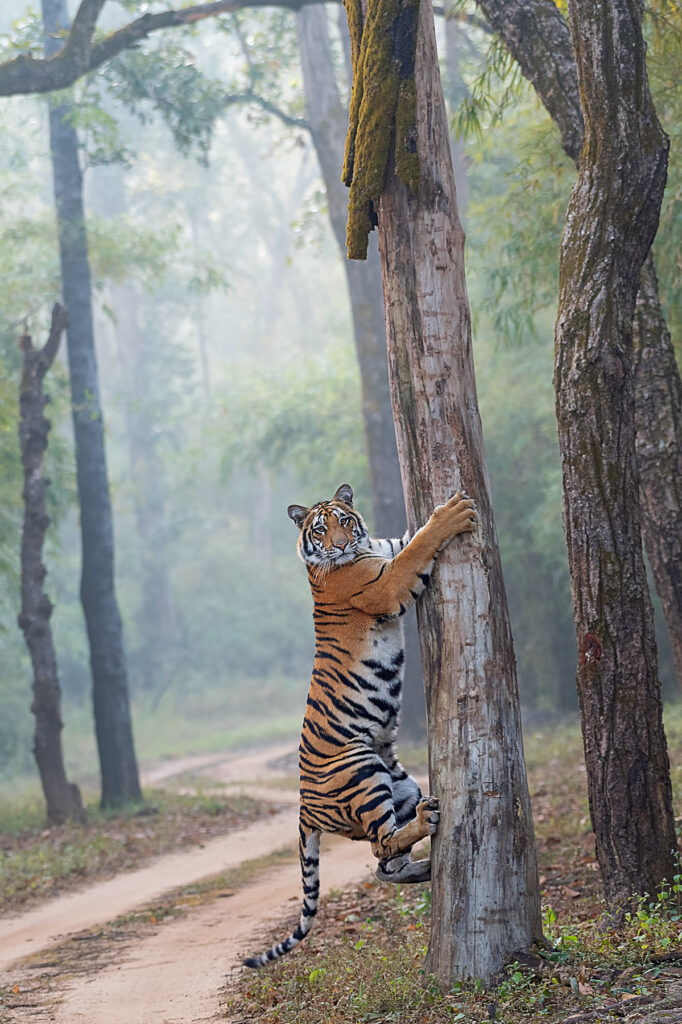
Question 6: Can Tigers swim?
Yes, tigers are excellent swimmers. They often swim to cross rivers or lakes, cool off in hot weather, or even hunt prey. Tigers and jaguars are the only two feline species which are known to be water-loving.
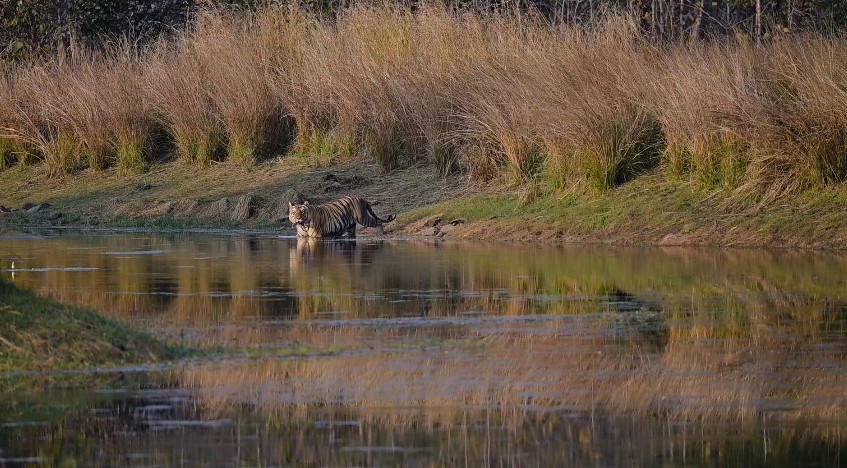
Question 7: Are Tigers nocturnal?
Tigers are primarily nocturnal, meaning they are most active at night. However, they may also be active during the day, especially in areas with little human disturbance. In core areas of Indian protected areas, tigers are frequently been observed hunting and moving across places in peak hours of the day.
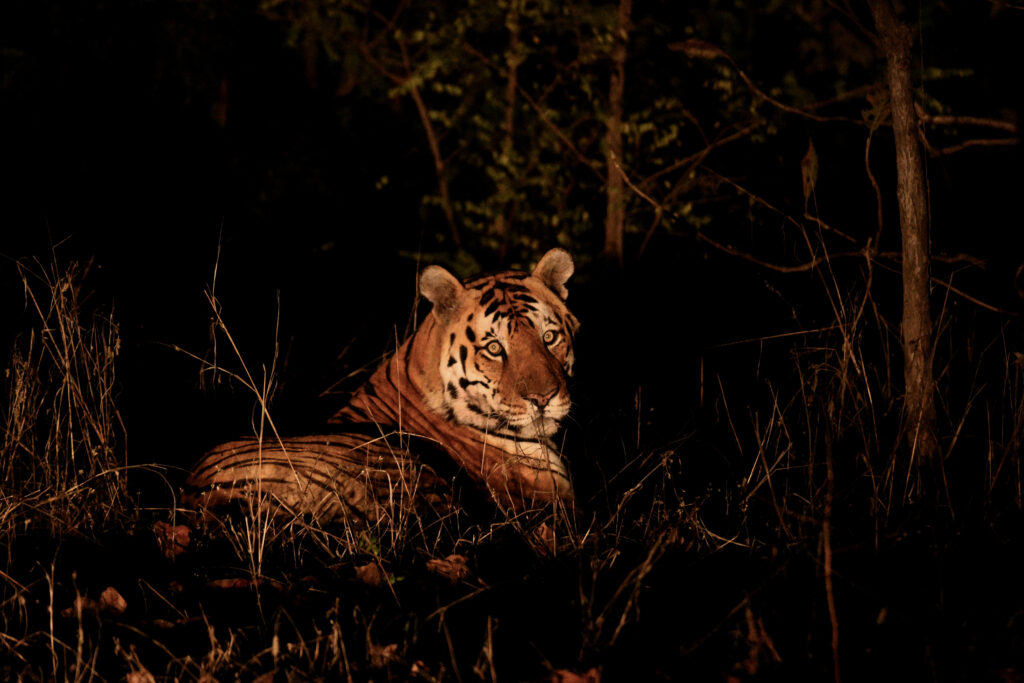
Question 8: Why are Tigers important and why are they of conservation priority?
Tigers are apex predators and play a crucial role in maintaining the balance of ecosystems by controlling prey populations. Their conservation is essential not only for biodiversity but also because their presence indicates a healthy ecosystem. Additionally, tigers are culturally significant in many parts of the world.
Question 9: How long do Tigers live?
In the wild, tigers typically live for 10-15 years. In captivity, they can live up to 20-25 years due to better care and the absence of threats. Tigers live longer in captivity as there is no inter and intra-specific competition as compared to their wild and natural counterparts.
Question 10: How much do Tigers weigh?
Male tigers typically weigh between 200-300 kg , while female tigers usually weigh between 100-160 kg. The weight of the Royal Bengal tiger weight ranges between 70- 230kg. This weight varies across species and Siberian tigers are the heaviest.
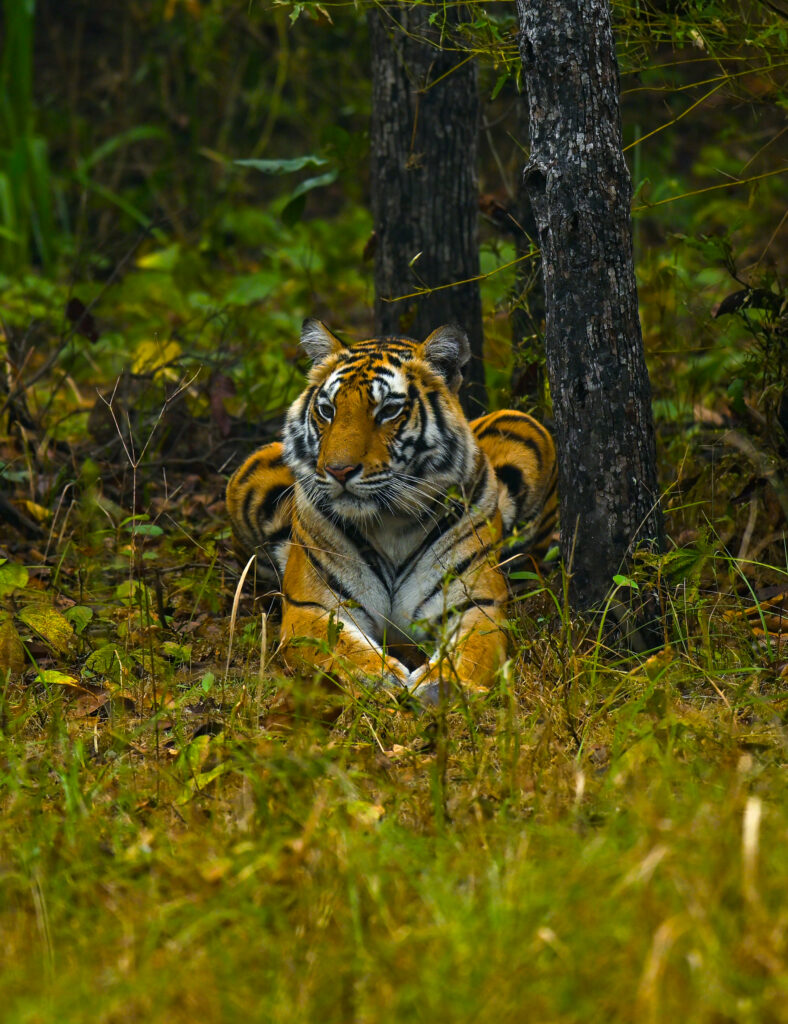
Question 11: What are NTCA and other Tiger conservation authorities based in India and Globally?
The NTCA is a statutory body under the Ministry of Environment, Forest and Climate Change (MoEFCC) in India. It was established in 2005 under the Wildlife (Protection) Act of 1972, as an apex body responsible for strengthening tiger conservation efforts in India. It oversees the implementation of Project Tiger and provides technical support to states with tiger populations.
Other Tiger Conservation Authorities in India
Project Tiger: Launched in 1973, it is one of the most well-known conservation programs aimed at protecting tigers and their habitats across India.
Wildlife Institute of India (WII): A premier research institution, WII conducts scientific research, training, and policy guidance on wildlife management and conservation.
State Forest Departments: Each state with tiger populations has its own forest department responsible for managing tiger reserves and implementing conservation measures.
Global Tiger Conservation Authorities:
1.Global Tiger Forum (GTF): An international coalition of tiger range countries and other stakeholders focused on the conservation of wild tigers across their range.
2. WWF (World Wide Fund for Nature): A leading global conservation organization working on tiger conservation through various projects in Asia.
3. CITES (Convention on International Trade in Endangered Species of Wild Fauna and Flora): Regulates international trade in tiger parts to prevent their exploitation.
4. Global Tiger Initiative (GTI): Launched in 2008 by the World Bank, GTI works to bring together governments, international organizations, and NGOs to double the global wild tiger population by 2022 (TX2 goal).
Question 12: How are Tiger populations estimated scientifically?
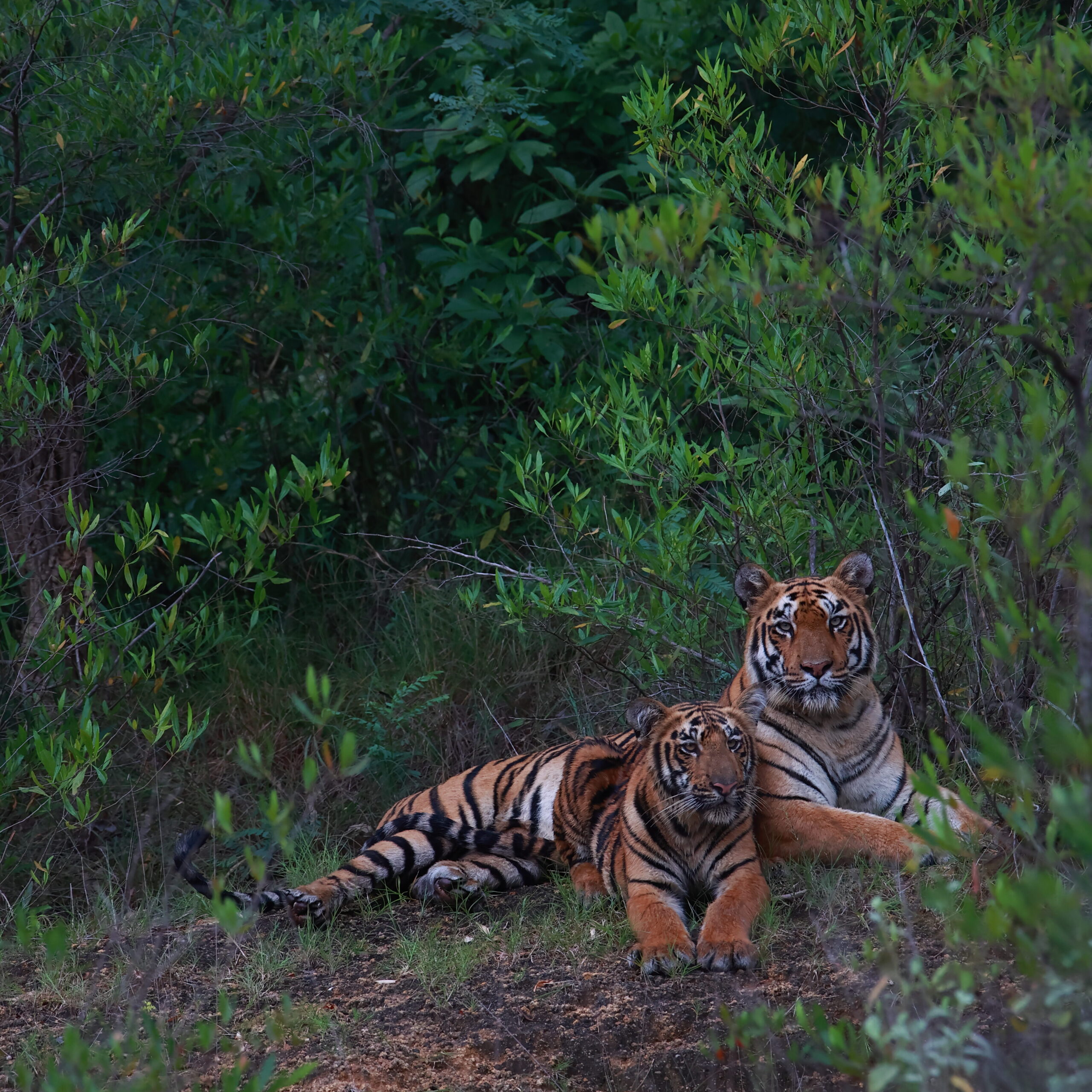
Tiger populations are estimated using various scientific methods:
Camera Trapping: This method involves setting up motion-sensitive cameras in tiger habitats. The unique stripe patterns of tigers allow researchers to identify individual tigers from the photographs, helping estimate population size.

Pugmark and DNA Analysis: Researchers also collect pugmarks (footprints) and scat (faeces) samples, which can be analyzed for DNA to identify individual tigers and estimate population sizes.

Line Transect Surveys: Involves walking along predefined paths and recording tiger signs, such as pugmarks, scat, and scrapes, to estimate density and distribution.
Radio / satellite Telemetry: Involves fitting tigers with VHF/GPS collars to track their movements and estimate population dynamics and habitat use.
Spatially Explicit Capture-Recapture (SECR) Models: These statistical models use data from camera traps and other sources to estimate tiger density and abundance.
Question 13: Why has the Tiger population declined?
Habitat Loss and Fragmentation: Expansion of agriculture, infrastructure, and human settlements has led to the loss of tiger habitats, isolating populations and reducing genetic diversity.
Poaching: Tigers are poached for their skins, bones, and other body parts, which are highly valued in the illegal wildlife trade, particularly in traditional Chinese medicine.
Human-Wildlife Conflict: As human populations expand into tiger territories, conflicts between tigers and humans have increased, often leading to retaliatory killings.
Prey Depletion: Overhunting of the tiger’s prey, such as deer and wild boar, reduces the food available to tigers, leading to population declines.
Weak Law Enforcement: In some areas, insufficient enforcement of wildlife protection laws has allowed poaching and illegal trade to continue.
Question 14: What is the difference between poaching and hunting?
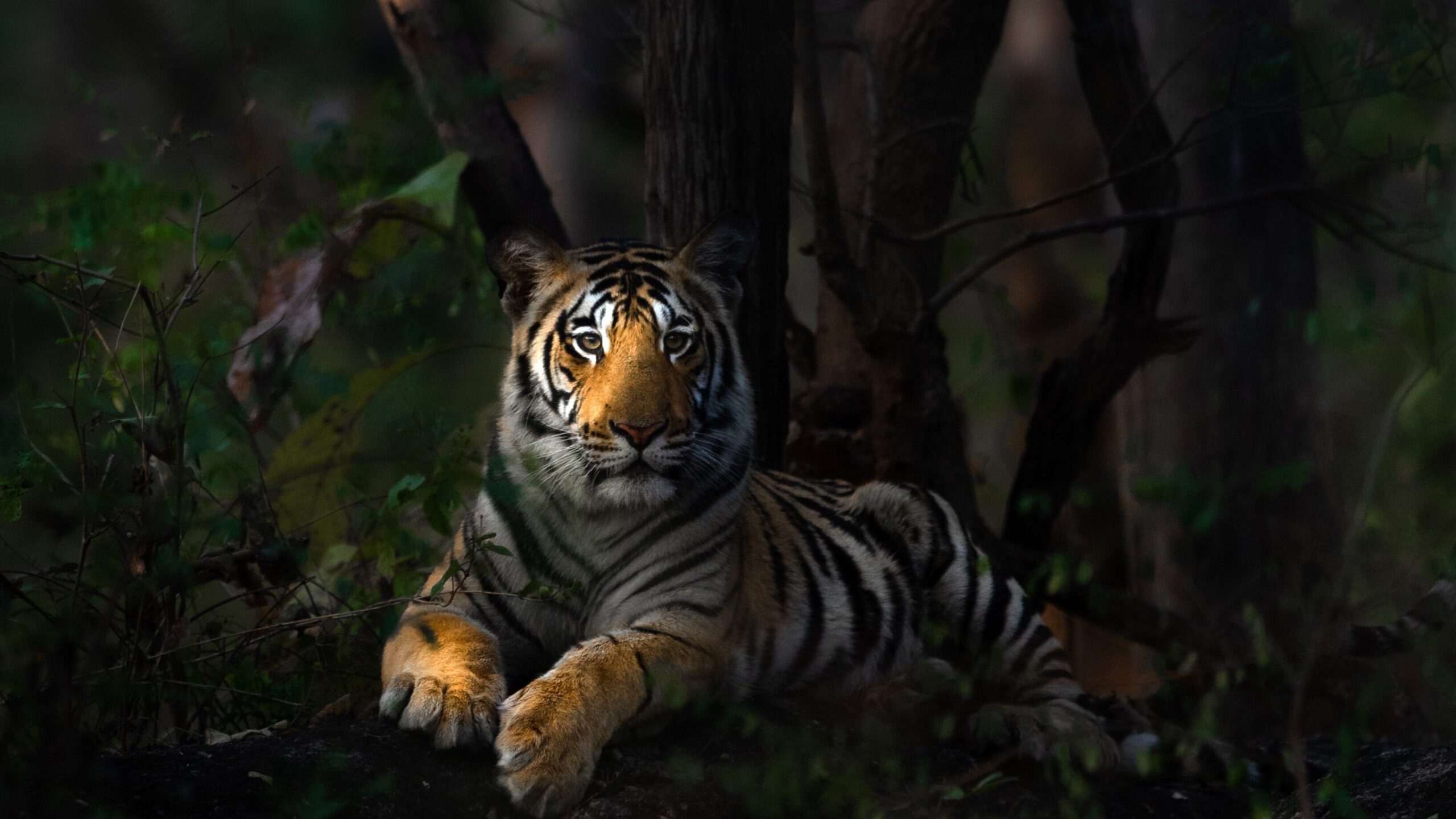
Poaching: Poaching is the illegal hunting, capturing, or killing of wildlife. It often involves endangered or protected species and is done without the permission of authorities. Poaching is driven by illegal markets for animal parts, such as tiger skins and bones, and is a major threat to conservation efforts.
Hunting: Hunting refers to the legal pursuit of wildlife, typically regulated by government laws and guidelines. It is usually done for sport, subsistence, or population management and involves species that are not endangered or protected. Legal hunting is often subject to permits, quotas, and seasons.
Question 15: Are tiger parts medicinally useful? How relevant are they in Chinese medicine?
Traditional use: In traditional Chinese medicine (TCM), tiger parts, such as bones, claws, and whiskers, have historically been believed to have medicinal properties. They have been used in remedies for treating various ailments, including pain relief, arthritis, and enhancing strength.
Scientific Evidence: There is no scientific evidence to support the medicinal effectiveness of tiger parts. The use of tiger parts in TCM is based on traditional beliefs rather than proven medical benefits.
Conservation Impact: The demand for tiger parts in traditional medicine has significantly contributed to the decline in tiger populations. Conservation efforts are focused on reducing this demand through awareness campaigns, promoting alternative treatments, and enforcing international bans on the trade of tiger parts.
Written by Shashank Arya, Naturalist at Pugdundee Safaris

